Mindblown: a blog about philosophy.
-

It’s not just about the money: Seafarers need better treatment if industry wants sea-going workforce
Nautilus co-founder warns that the next generation expect better than what is on offer right now An Indian ship manager is calling for shipping to change its crewing practices if it wants to see the next generation of sea-going candidates in traditional crewing source markets. Shorter contracts, better living conditions and some respect are all…
-
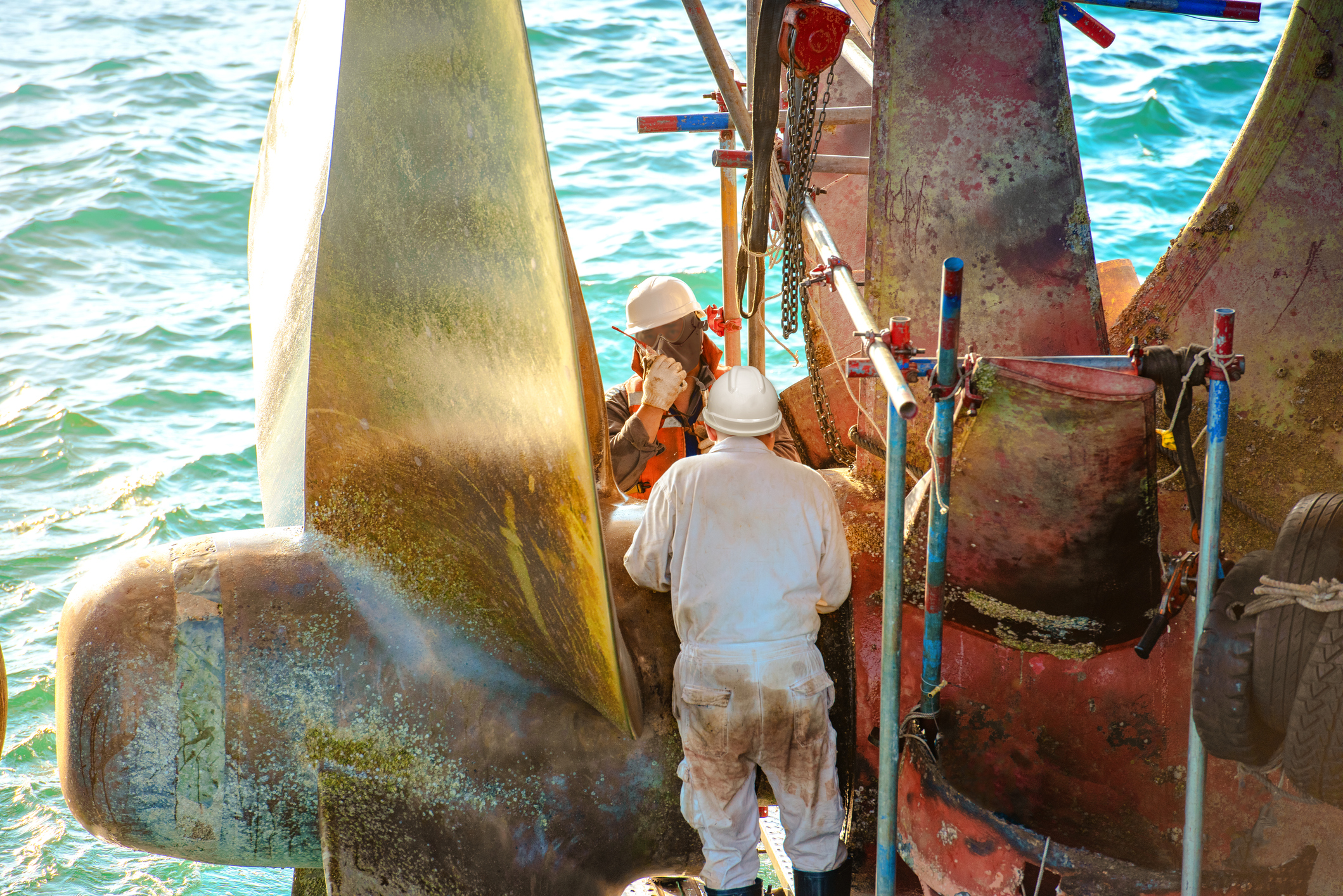
Crew Welfare and Retention: The Key to Operational Success
The maritime industry is the backbone of global trade, with seafarers and crew members playing a crucial role in ensuring the smooth operation of vessels. However, long periods at sea, challenging working conditions, and mental health problems can make retaining skilled crew a constant challenge. Ensuring crew welfare and retention has become key to operational…
-

The Role of Maritime Security in Ensuring Global Safety and Trade
The maritime industry is one of the foundations of the global economy. With over 90% of the world’s goods transported by sea, making sure that all operations are safe and secure is critical. However, threats to the marine sector have evolved with technological evolution, creating the need for maritime security to protect vessels, port facilities,…
-
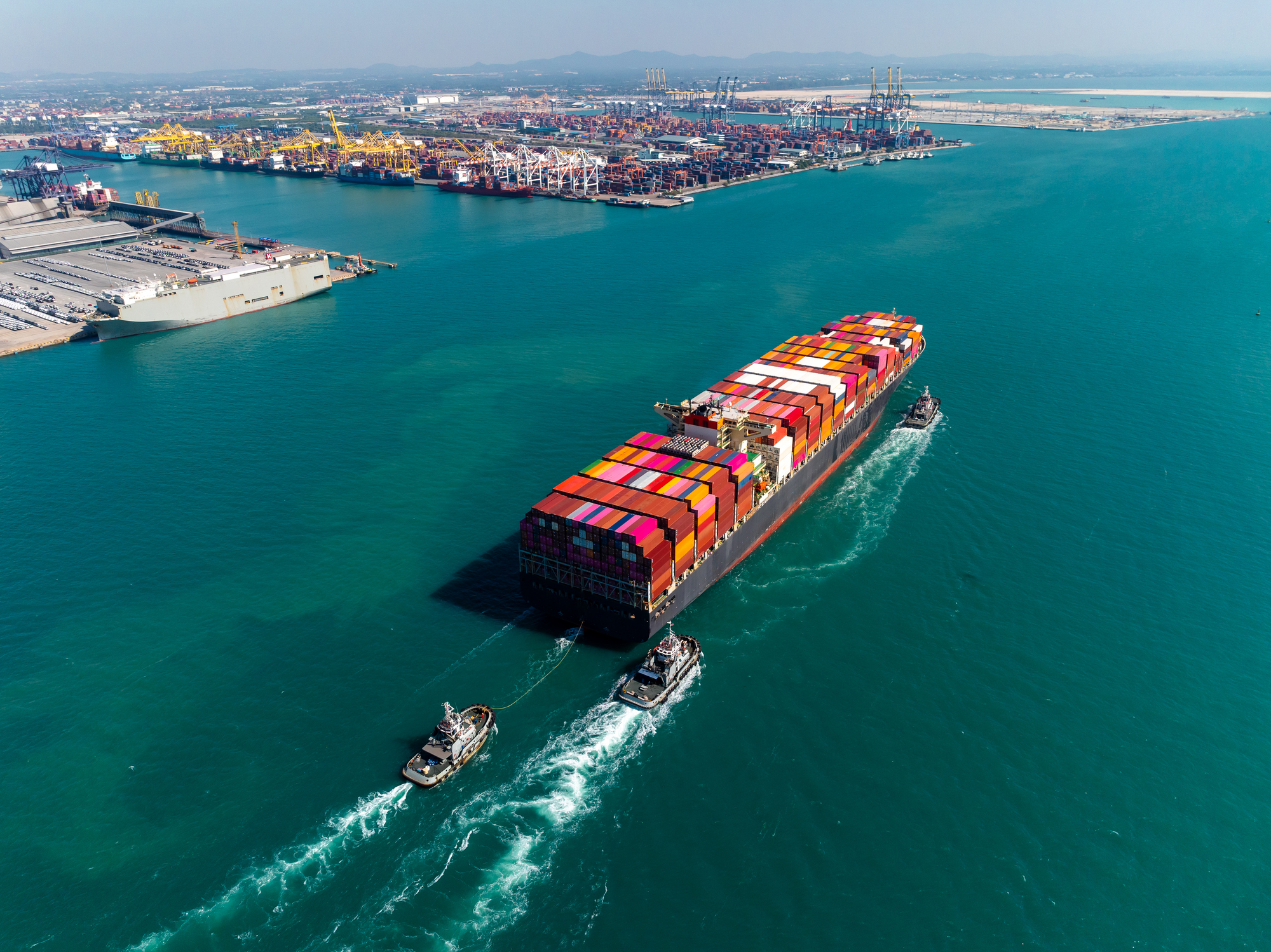
Understanding the Basics of Shipping Chartering
Shipping chartering is a key foundation of global trade, allowing the efficient transportation of goods across oceans and continents. This process involves renting a vessel from its owner to carry cargo, making sure that businesses meet their logistical needs cost-effectively. Whether it’s a bareboat charter, a voyage charter, or a time charter, understanding the ship…
-
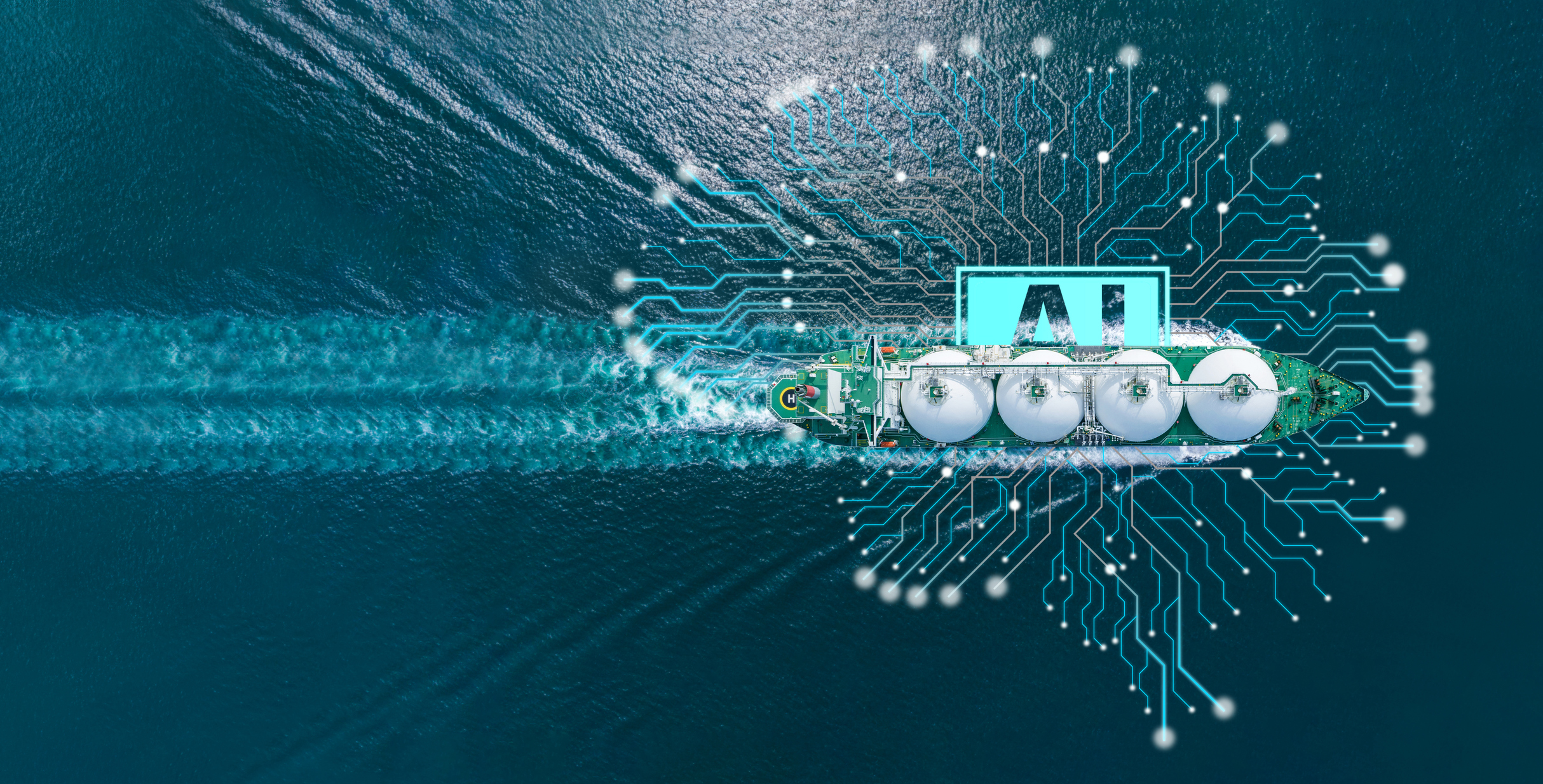
The Future of Maritime Trade: Applications of AI in Marine Industry
The maritime industry, responsible for over 90% of global trade, is undergoing a transformation driven by artificial intelligence (AI). By integrating advanced technologies, the industry aims to boost efficiency, safety, and sustainability. From autonomous ships to predictive maintenance, AI is enabling modern technology to reshape how shipping operations are carried out. As decision-makers explore these…
-

With older vessels being over 30% of the marine industry, how do we make the best of it?
Older vessels constitute over 30% of the marine industry, playing a crucial role in global shipping networks. While newer ships often boast advanced technology and features, these seasoned vessels bring a wealth of untapped potential that companies can capitalize on. Emphasizing sustainability and innovation, marine operators are increasingly seeking ways to enhance the performance and…
-

How Do Aging Vessels Drive Strategic Success in Nautilus Shipping’s Fleet Management?
While modern maritime strategy places importance on newer vessels and models, Nautilus Shipping stands out for its innovative approach to fleet management, particularly in the utilization of old vessels. While some might view older ships as outdated, Nautilus Shipping recognizes their strategic value. By effectively integrating these vessels into their operations, they maximize resources and…
-
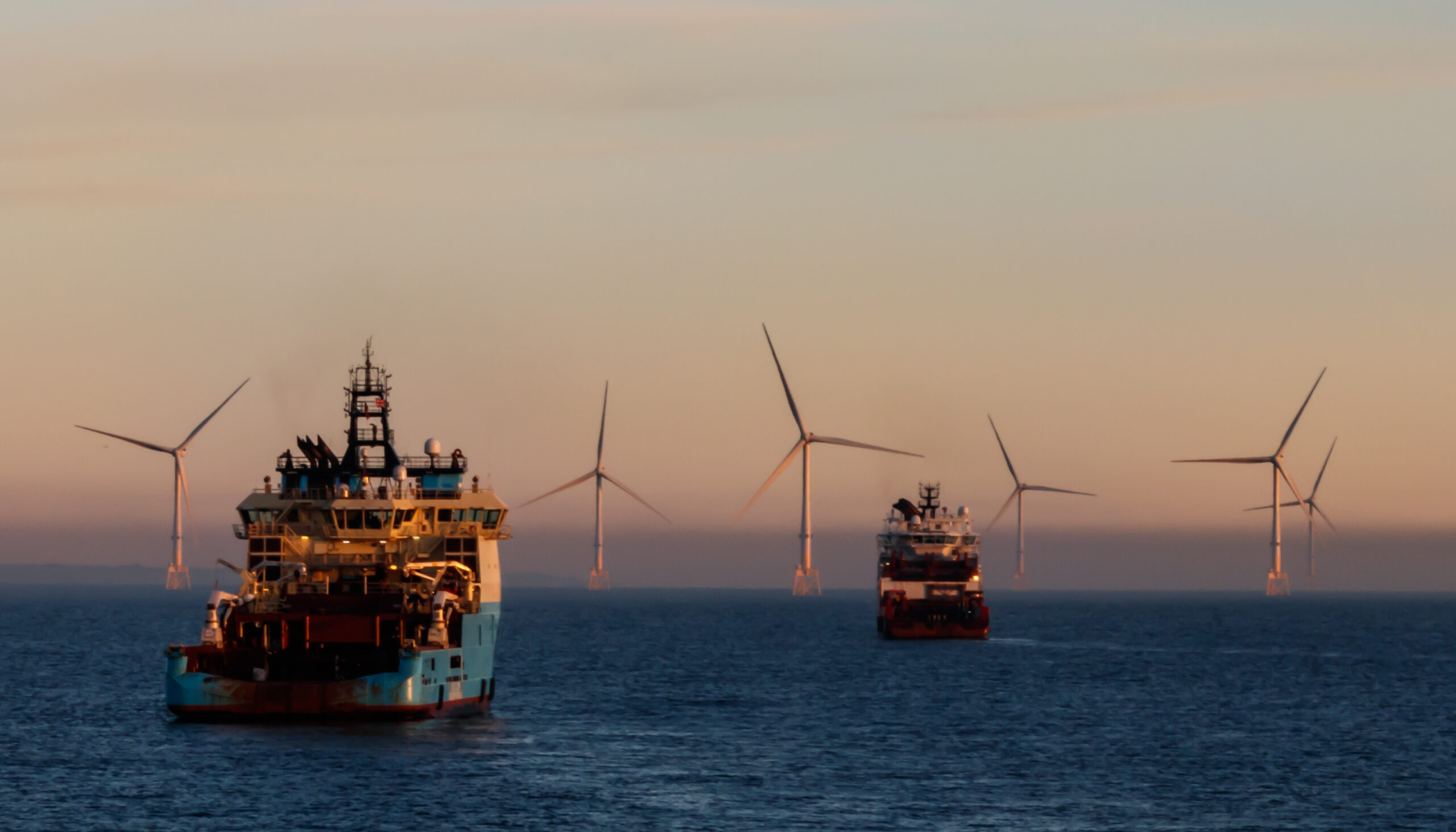
The Green Energy Transition in Maritime Trade: A Path to Net-Zero by 2050
The maritime industry plays a key role in global commerce, transporting approximately 90% of the world’s goods. However, it is also a significant contributor to greenhouse gas (GHG) emissions, accounting for about 3% of global emissions. With rising concerns about climate change and the need for sustainable practices, the transition to green energy in maritime…
-
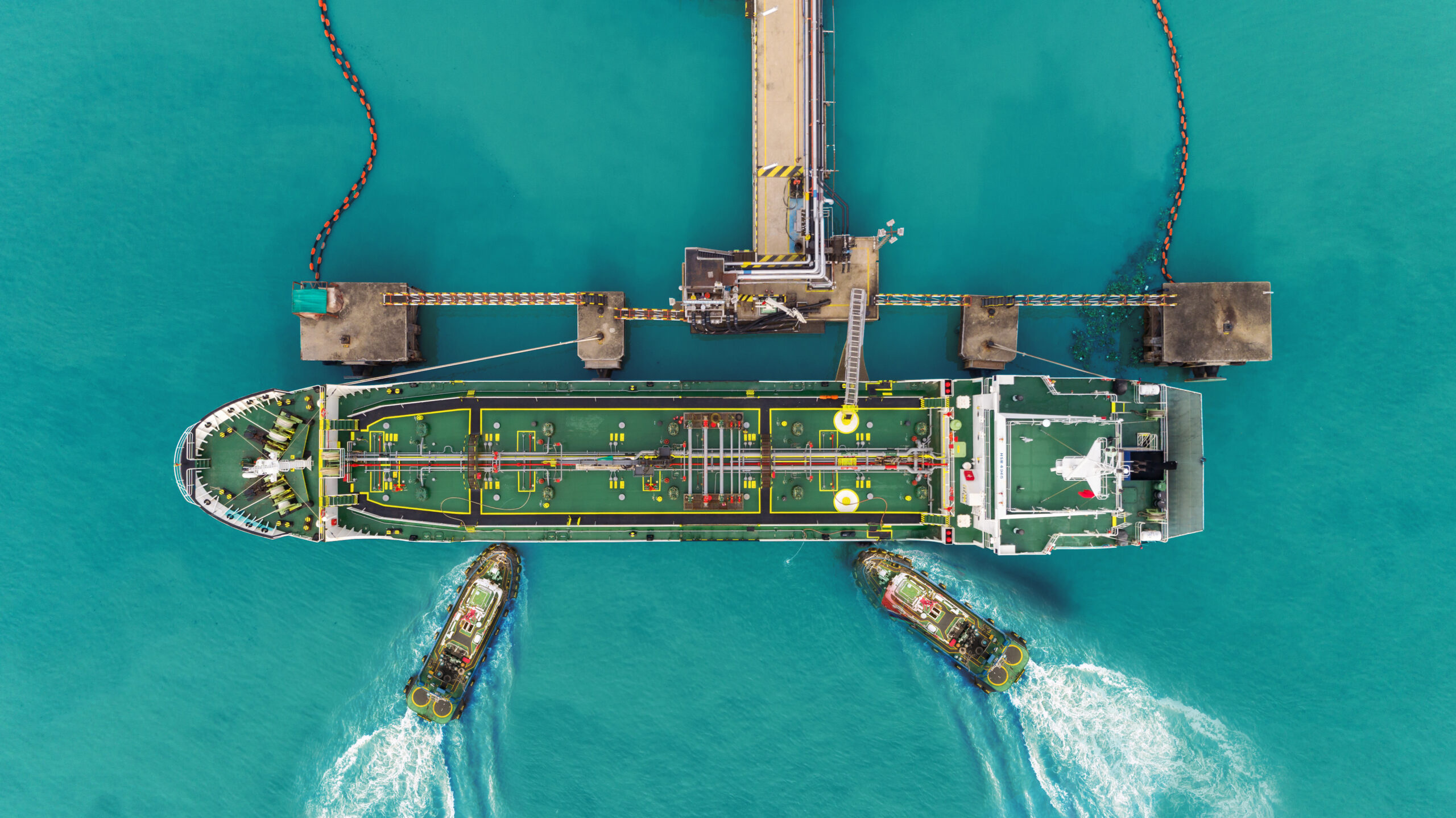
The IMO’s Expectations for the Future of Shipping: How to Get There
Shipping is a key part of the global economy, with about 90% of international trade happening by sea. However, it also contributes 2-3% of global greenhouse gas (GHG) emissions. If this isn’t addressed, emissions from shipping could grow by 50% to 250% by 2050 due to increasing global trade, according to an IMO GHG study.…
-
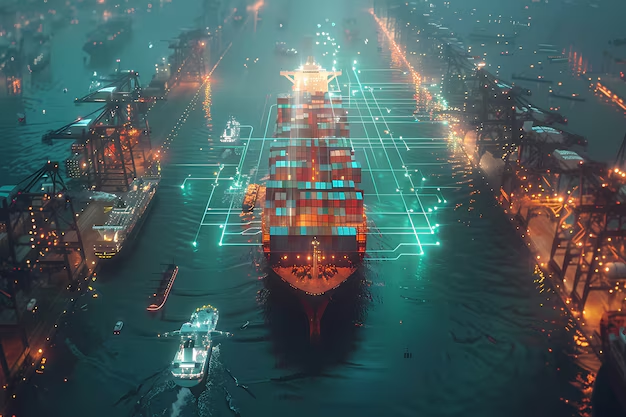
Technologies in Port Management: Revolutionizing Maritime Trade
Ports have always been the heart of global trade, and as technology and international shipping continue to expand, so must the technologies and business processes that power port management. Today, the adoption of cutting-edge technology is reshaping the way ports operate, improving everything from efficiency and safety to sustainability. Let’s take a closer look at…
Got any book recommendations?